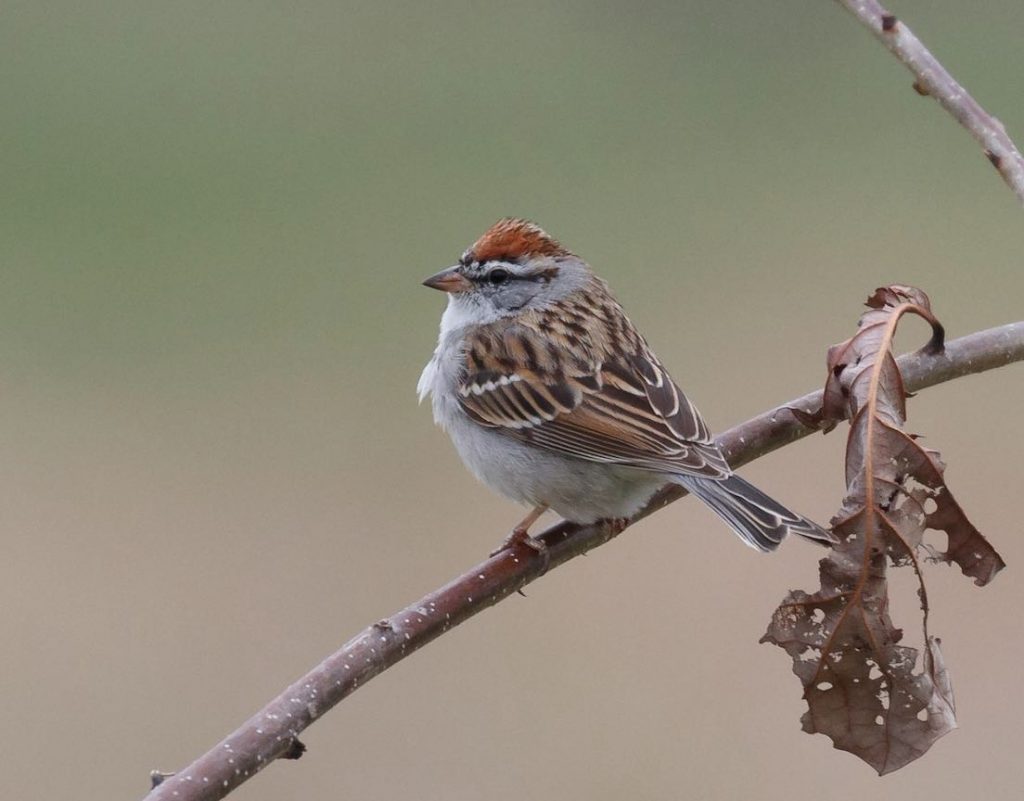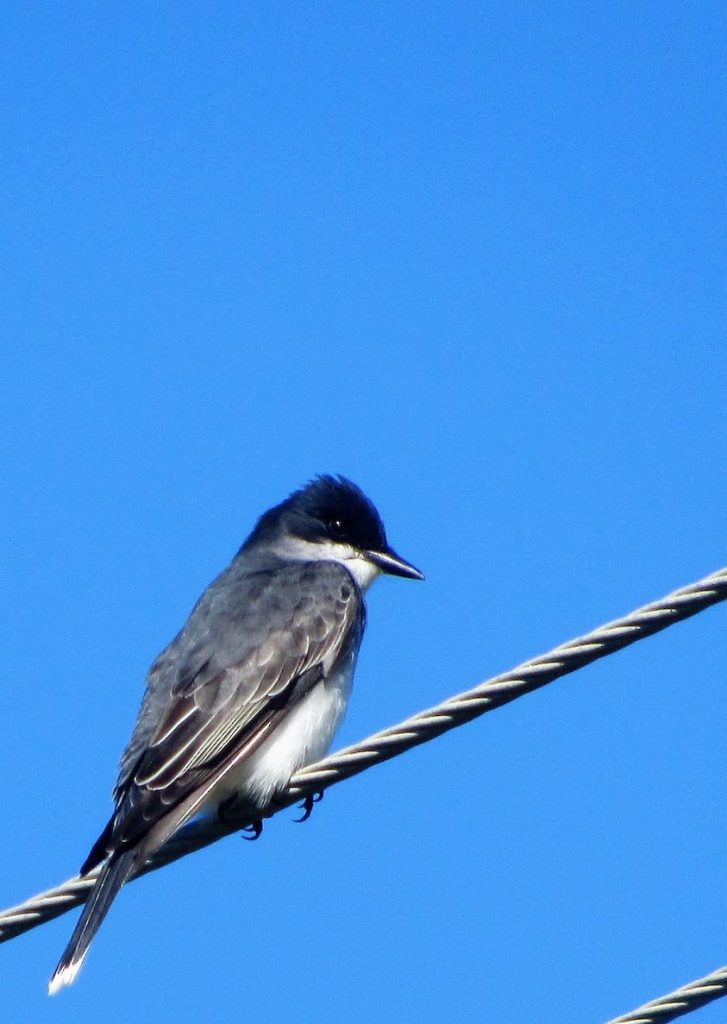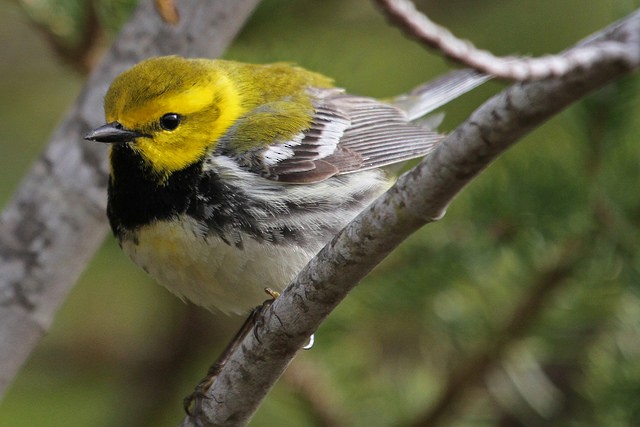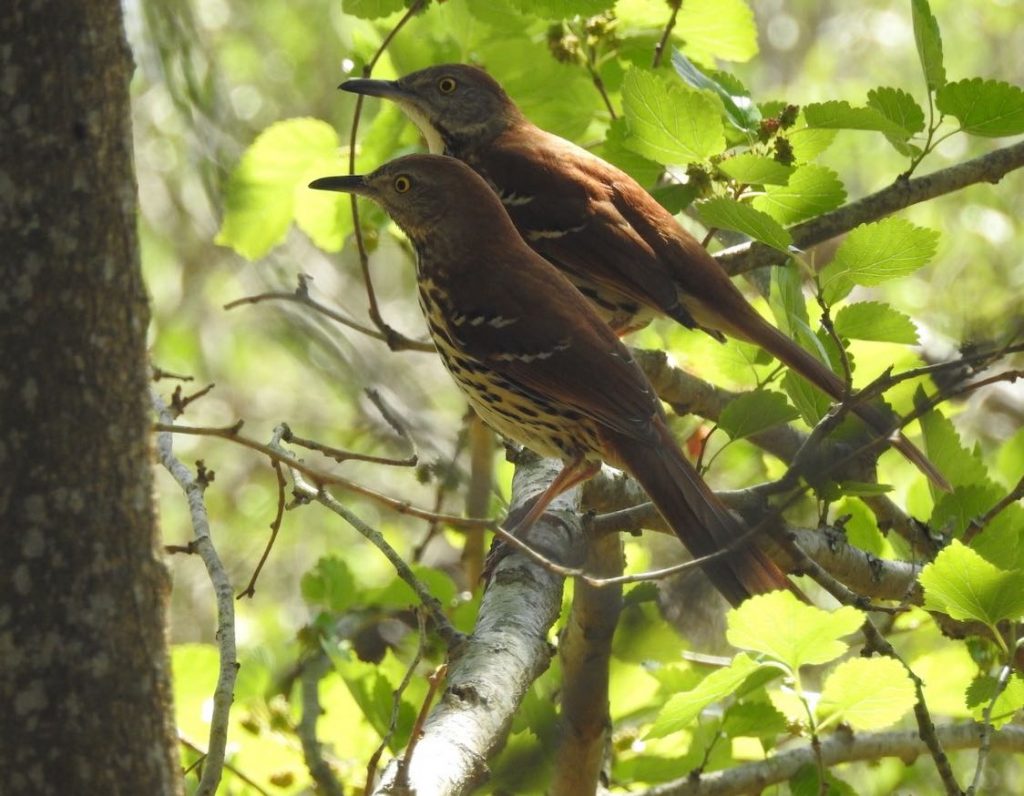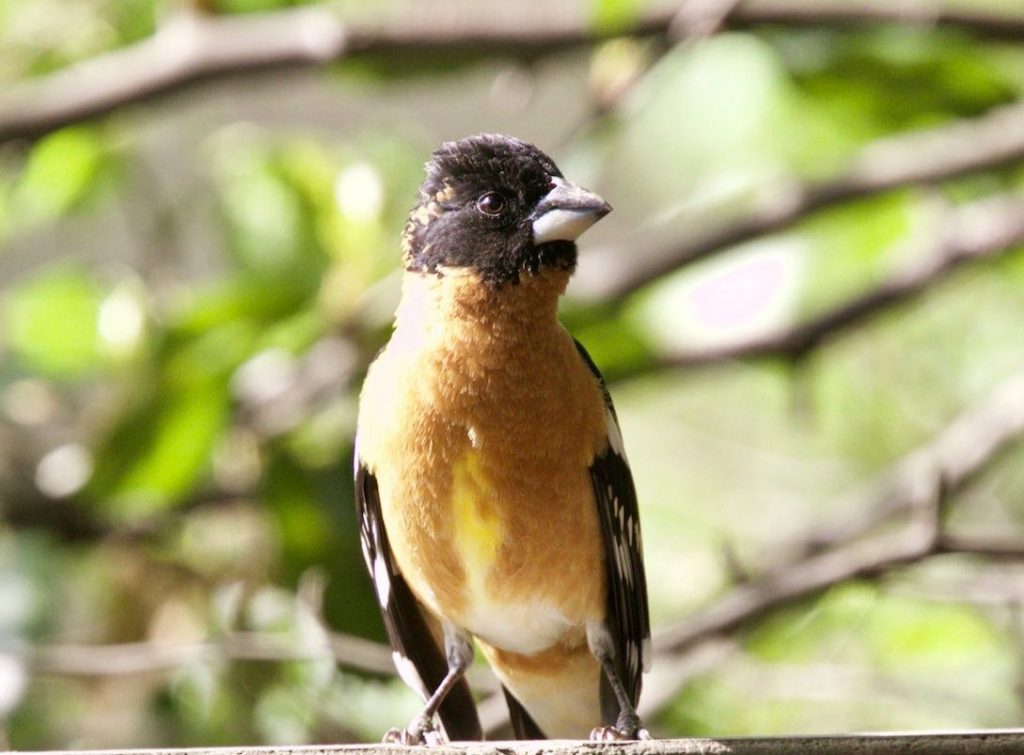Continental Summary
Scattered among the West’s areas of persistent precipitation during were light to moderate flights featuring Turkey Vulture, Osprey, Greater Yellowlegs, Black-headed Grosbeak, and Hooded Oriole, while pulses of similarly intense flights featuring Great Egret, Eastern Kingbird, Barn Swallow, Northern Rough-winged Swallow, Brown Thrasher, Prothonotary Warbler, and Louisiana Waterthrush occurred in advance of multiple frontal passages in the East.
Looking at eBird reports on the following map, we see that Ospreys made great headway, reaching the Canadian border in both the East and West:
Northern Rough-winged Swallows pushed well north in the last week, reaching Massachusetts in the East and British Columbia in the West.
Barn Swallows weren’t far behind!
Need a review of our definitions for regions, species on the move, and migration amounts? Please visit this link.
Quick Links to Regions
Upper Midwest and Northeast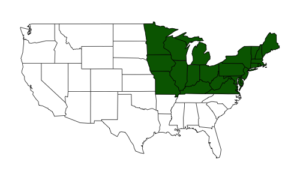 |
Gulf Coast and Southeast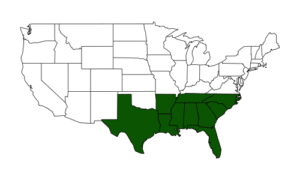 |
Great Plains |
West |
Upper Midwest and Northeast
Locally light flights were the norm for the first days of this period, primarily in the southern reaches of the region. By Monday night, scattered light to moderate flights were apparent the Upper Midwest and in portions of the Northeast on either side of a low pressure system moving east. As a more significant storm system moved east on Tuesday night, moderate flights in more favorable migration conditions occurred in portions of the Upper Midwest, and then in the central Mississippi River and Ohio River valleys on Wednesday night. The arrival of the organized low pressure system on Thursday shut down movements across the region.
Louisiana Waterthrush continued an impressive northward movement in the last week, with reports as far north as New Jersey, Pennsylvania, northern Ohio, and northern Illinois.
Top Movers
Increasing
| Species | Increase from Last Week | % of Checklists Reporting |
|---|---|---|
| Tree Swallow | 108% | 16.1 |
| Eastern Phoebe | 93% | 21.5 |
| Chipping Sparrow | 185% | 7.5 |
| Golden-crowned Kinglet | 93% | 12.2 |
| Great Egret | 139% | 4.1 |
| Northern Flicker | 48% | 17.4 |
| Field Sparrow | 71% | 6.6 |
| Brown Thrasher | 102% | 3.8 |
| Eastern Towhee | 55% | 7.7 |
| Brown-headed Cowbird | 41% | 13.9 |
| Double-crested Cormorant | 44% | 8.9 |
| Wood Duck | 27% | 16.6 |
| Song Sparrow | 20% | 46.7 |
| American Robin | 16% | 61 |
| Louisiana Waterthrush | 217% | 0.9 |
| Greater Yellowlegs | 84% | 2.4 |
| Yellow-bellied Sapsucker | 56% | 3.4 |
| Barn Swallow | 246% | 0.4 |
| Blue-winged Teal | 32% | 5.7 |
| Common Grackle | 12% | 33.9 |
| Brown Creeper | 31% | 5.6 |
| Ruby-crowned Kinglet | 69% | 2.7 |
| Pied-billed Grebe | 22% | 10.2 |
| Belted Kingfisher | 24% | 8.5 |
| American Goldfinch | 18% | 23.2 |
Decreasing
| Species | Decrease from Last Week | % of Checklists Reporting |
|---|---|---|
| Common Goldeneye | -29% | 4.8 |
| Northern Pintail | -35% | 3.4 |
| Canvasback | -33% | 2.3 |
| Herring Gull | -16% | 11.8 |
| Redhead | -22% | 4 |
| Hooded Merganser | -12% | 12.7 |
| Bald Eagle | -13% | 10.8 |
| Greater White-fronted Goose | -39% | 0.7 |
| Lesser Scaup | -15% | 7.9 |
| Greater Scaup | -18% | 2.9 |
| Red-breasted Merganser | -13% | 7.5 |
| American Woodcock | -17% | 2.4 |
| Northern Shoveler | -11% | 8.6 |
| Horned Lark | -12% | 3.2 |
| Harlequin Duck | -52% | 0.1 |
| White-winged Scoter | -21% | 0.8 |
| American Coot | -12% | 6.9 |
| American White Pelican | -21% | 0.8 |
| Barrow's Goldeneye | -41% | 0.1 |
| Ring-necked Duck | -8% | 13.9 |
| Red-breasted Nuthatch | -7% | 4.4 |
| Sandhill Crane | -11% | 4.7 |
| Long-tailed Duck | -12% | 1.6 |
Gulf Coast and Southeast
Moderate flights in Texas and from the Appalachians east kicked off the weekend. These movements broadened to include much of the region for the remainder of the region. Note several inputs of birds across the Florida Straits from Cuba, as well as an extensive flight in Florida on Wednesday and Thursday nights.
Prothonotary Warblers have started to pull away from the Gulf Coast in the last week, as far as North Carolina.
The first Black-throated Green Warblers have arrived – and it seems many of them have skipped the coast entirely! Notice sightings as far north as Kentucky and Tennessee. Are these birds entirely overflying coastal areas? We assume (and have assumed) so, but there is much still to learn!
Yellow-throated Warblers are also on the move, reaching New Jersey this past week.
Top Movers
Increasing
| Species | Increase from Last Week | % of Checklists Reporting |
|---|---|---|
| Great Crested Flycatcher | 93% | 7.6 |
| Scissor-tailed Flycatcher | 120% | 4.9 |
| Blue-gray Gnatcatcher | 50% | 22.9 |
| Chimney Swift | 626% | 1.9 |
| Willet | 41% | 8 |
| Eastern Kingbird | 176% | 1.3 |
| Barn Swallow | 37% | 12 |
| Louisiana Waterthrush | 68% | 3.2 |
| Brown-headed Cowbird | 25% | 15.4 |
| Ruby-throated Hummingbird | 45% | 4.9 |
| Chipping Sparrow | 21% | 19.4 |
| Black-throated Green Warbler | 145% | 1.3 |
| Eastern Towhee | 18% | 20.2 |
| Least Tern | 199% | 0.9 |
| Red-eyed Vireo | 92% | 1.5 |
| Broad-winged Hawk | 101% | 1.4 |
| Northern Rough-winged Swallow | 28% | 8.8 |
| Hooded Warbler | 101% | 1.3 |
| Yellow-throated Warbler | 28% | 6.1 |
| Prothonotary Warbler | 134% | 0.9 |
| Sandwich Tern | 54% | 2.2 |
| Green Heron | 27% | 6.8 |
| Yellow-throated Vireo | 46% | 2.9 |
| Black-bellied Plover | 36% | 4.1 |
Decreasing
| Species | Decrease from Last Week | % of Checklists Reporting |
|---|---|---|
| Golden-crowned Kinglet | -64% | 1.5 |
| Yellow-bellied Sapsucker | -37% | 2.8 |
| American Kestrel | -29% | 5.8 |
| Eastern Phoebe | -23% | 14 |
| Hooded Merganser | -41% | 1.2 |
| Ring-necked Duck | -38% | 1.5 |
| Yellow-rumped Warbler | -17% | 26.5 |
| Dark-eyed Junco | -22% | 5.4 |
| Northern Harrier | -24% | 3.9 |
| Brown Creeper | -39% | 0.7 |
| American White Pelican | -23% | 2.9 |
| Bald Eagle | -17% | 6.2 |
| Common Goldeneye | -87% | 0 |
| Bufflehead | -24% | 2.4 |
| Ring-billed Gull | -17% | 7.6 |
| Song Sparrow | -15% | 10.6 |
| Red-tailed Hawk | -17% | 7.6 |
| Fox Sparrow | -65% | 0.2 |
| Horned Grebe | -35% | 0.7 |
| Green-winged Teal | -20% | 3.1 |
| Gadwall | -19% | 2.9 |
| American Wigeon | -29% | 1.1 |
| Cape May Warbler | -71% | 0.1 |
| Wilson's Snipe | -21% | 2.6 |
| Sandhill Crane | -17% | 3 |
Great Plains
Locally light flights were the norm for the weekend as marginal and unfavorable migration conditions persisted in many areas. Monday night saw an uptick in intensities, with locally moderate movements int he northern and central Plains. But a strong frontal passage with some heavy precipitation shut down many flights on Tuesday night (but not all flights, check out parts of the northern Plains!). Locally light flights continued through the remainder of the period in the wake of low pressure, as a cool air mass with northerly winds kept many birds grounded.
Top Movers
Increasing
| Species | Increase from Last Week | % of Checklists Reporting |
|---|---|---|
| Brown Thrasher | 191% | 4.7 |
| Barn Swallow | 134% | 4.4 |
| Chipping Sparrow | 88% | 5.1 |
| Blue-gray Gnatcatcher | 135% | 2.6 |
| Great Egret | 92% | 4.7 |
| Pied-billed Grebe | 37% | 13.8 |
| Northern Rough-winged Swallow | 134% | 2.7 |
| Common Grackle | 28% | 31.7 |
| Yellow-crowned Night-Heron | 430% | 1.6 |
| Wood Duck | 39% | 8.6 |
| Tundra Swan | 96% | 3 |
| Purple Martin | 81% | 2.1 |
| Osprey | 179% | 0.9 |
| Ruby-crowned Kinglet | 30% | 5.6 |
| Northern Shoveler | 12% | 24.7 |
| Red-winged Blackbird | 8% | 44.4 |
| Northern Mockingbird | 17% | 11.2 |
| Franklin's Gull | 44% | 3.8 |
| Western Meadowlark | 14% | 20.7 |
| Lesser Scaup | 18% | 16.3 |
| Mourning Dove | 8% | 29.6 |
| Common Loon | 47% | 2.8 |
Decreasing
| Species | Decrease from Last Week | % of Checklists Reporting |
|---|---|---|
| Wilson's Snipe | -52% | 2.9 |
| Pectoral Sandpiper | -64% | 1.5 |
| Snow Goose | -38% | 4.9 |
| Sandhill Crane | -47% | 3 |
| Lesser Yellowlegs | -46% | 2.9 |
| Cackling Goose | -49% | 1.9 |
| Long-billed Dowitcher | -71% | 0.6 |
| Northern Flicker | -17% | 18.2 |
| Cinnamon Teal | -85% | 0.2 |
| American Tree Sparrow | -23% | 7.1 |
| Greater White-fronted Goose | -41% | 2.5 |
| Common Goldeneye | -25% | 5.1 |
| Eastern Phoebe | -17% | 13.8 |
| Eastern Bluebird | -15% | 15.6 |
| Least Sandpiper | -48% | 1.7 |
| Bald Eagle | -21% | 9.6 |
| Savannah Sparrow | -28% | 5.1 |
| Baird's Sandpiper | -49% | 1.2 |
| Northern Shrike | -96% | 0 |
| American Avocet | -71% | 0.1 |
| Marsh Wren | -61% | 0.3 |
| Northern Pintail | -18% | 7.8 |
| Song Sparrow | -13% | 15.5 |
| American Pipit | -41% | 0.9 |
| American Crow | -9% | 29 |
West
A disturbance and its associated precipitation moving across the region kept light to moderate movements localized in California, the Desert Southwest, and portions of the northern Rockies for the weekend. Scattered precipitation continued to squelch most migration signal for the early part of the week outside of light to locally moderate flights in California. And although the extent of these light to moderate movements expanded slightly from California back into the Desert Southwest to end the period, the continued occurrence of precipitation in many areas grounded most migrants.
Pacific-slope Flycatchers are moving north, up the coast:
Violet-green Swallows are also on the move, increasing by 15% this week:
Top Movers
Increasing
| Species | Increase from Last Week | % of Checklists Reporting |
|---|---|---|
| Common Grackle | 147% | 2.4 |
| Osprey | 37% | 5.2 |
| Northern Rough-winged Swallow | 29% | 7.4 |
| Turkey Vulture | 24% | 21.1 |
| Barn Swallow | 34% | 5.8 |
| Cliff Swallow | 41% | 4.2 |
| Pacific-slope Flycatcher | 49% | 3.4 |
| Hooded Oriole | 35% | 4.6 |
| Greater Yellowlegs | 28% | 4.7 |
| Wilson's Warbler | 38% | 2.2 |
| Orange-crowned Warbler | 20% | 8.3 |
| Black-headed Grosbeak | 286% | 0.6 |
| Bell's Vireo | 26% | 3.4 |
| Gray Hawk | 55% | 0.9 |
| Black-throated Gray Warbler | 53% | 1.1 |
| Caspian Tern | 46% | 1.2 |
| Violet-green Swallow | 15% | 8.5 |
| Bullock's Oriole | 26% | 2.1 |
| Western Kingbird | 17% | 3.3 |
| Band-tailed Pigeon | 16% | 3.5 |
| Savannah Sparrow | 17% | 4.1 |
| Warbling Vireo | 29% | 1.2 |
| Common Yellowthroat | 11% | 5 |
Decreasing
| Species | Decrease from Last Week | % of Checklists Reporting |
|---|---|---|
| Northern Pintail | -22% | 4.1 |
| Common Goldeneye | -17% | 5.7 |
| Tundra Swan | -47% | 0.7 |
| Trumpeter Swan | -49% | 0.5 |
| Dark-eyed Junco | -7% | 20.6 |
| Black-billed Magpie | -11% | 9.4 |
| Ring-billed Gull | -11% | 7.2 |
| Hooded Merganser | -13% | 3.2 |
| Varied Thrush | -22% | 0.8 |
| Herring Gull | -12% | 1.3 |
| White-breasted Nuthatch | -4% | 6.7 |
| California Gull | -5% | 5.9 |
| Tree Swallow | -4% | 10.4 |
| Bald Eagle | -3% | 7.9 |
| Say's Phoebe | -3% | 8.6 |
| Glaucous-winged Gull | -2% | 3.9 |
| Black-capped Chickadee | -2% | 14 |
| Hermit Thrush | -1% | 2.9 |
| Rufous Hummingbird | -4% | 5.2 |
| Surf Scoter | 0% | 3.2 |
–––––––––––––––––––––––––––––––––––
Farnsworth and Van Doren

